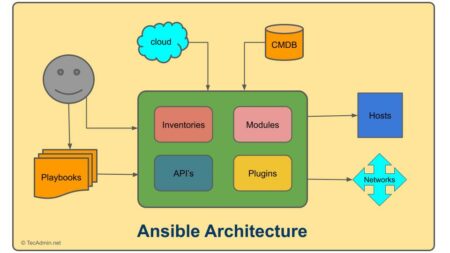Terraform, an open-source Infrastructure as Code (IaC) software developed by HashiCorp, has rapidly become a standard tool for managing cloud infrastructure. Its flexible and declarative coding approach enables developers and system administrators to describe and provision data center infrastructure using a high-level configuration language. If you’re new to this exciting tool, this beginner’s guide will demystify the key Terraform commands you need to start building your cloud-based systems effectively.
Understanding the Basics of Terraform
Before diving into Terraform’s key commands, it’s important to understand the basics. Terraform enables you to automate the creation, modification, and destruction of your IT infrastructure. It’s cloud-agnostic, meaning you can use it with various cloud service providers like AWS, Google Cloud, Azure, and many more. It works based on configuration files, written in HashiCorp Configuration Language (HCL), that describe the resources you want to have.
Key Terraform Commands
Terraform is operated via a command-line interface (CLI), and understanding the commands is the first step to mastering it. Here are some of the basic commands that are essential to your journey:
- terraform init
This is typically the first command you’ll run after writing a new Terraform configuration. It initializes your working directory containing the configuration files. The initialization process downloads the necessary provider plugins and sets up the backend for storing your state.
terraform init - terraform plan
This command lets you see what actions Terraform will take to achieve the desired state defined in your configuration files, without actually performing those actions. It’s a dry run that helps you review changes before applying them.
terraform plan - terraform apply
This is where the magic happens. Running terraform apply will execute the actions proposed in terraform plan. It provisions or modifies your infrastructure per the configuration files. Terraform will prompt you to confirm that you want to proceed with these actions.
terraform apply - terraform destroy
As the name suggests, this command will destroy the resources that Terraform has managed. This is useful when you want to tear down your infrastructure setup.
terraform destroy - terraform validate
This command checks the syntax of your Terraform files to ensure they are correctly written before planning or applying.
terraform validate - terraform fmt
This command automatically updates your configurations files to a standard format. This is useful for keeping your code neat and readable.
terraform fmt - terraform state
Terraform maintains a state file to track your managed infrastructure and configuration. This command lets you view and modify your state file.
terraform state listterraform state show aws_instance.example - terraform output
After your resources have been created, this command allows you to view the outputs of your resources. This can be useful for extracting IPs, DNS names, and other attributes of your infrastructure.
terraform output instance_public_ip
Conclusion
Terraform can be a powerful tool in the hands of developers and systems administrators who understand its workings and capabilities. The commands outlined above form the backbone of Terraform’s functionality. By mastering these commands, you will have taken the first step towards managing your cloud infrastructure with greater efficiency and precision.
Remember, getting proficient with Terraform, as with any tool, comes with practice. Don’t be afraid to set up a sandbox environment and experiment with various configuration setups. Happy Terraforming!
